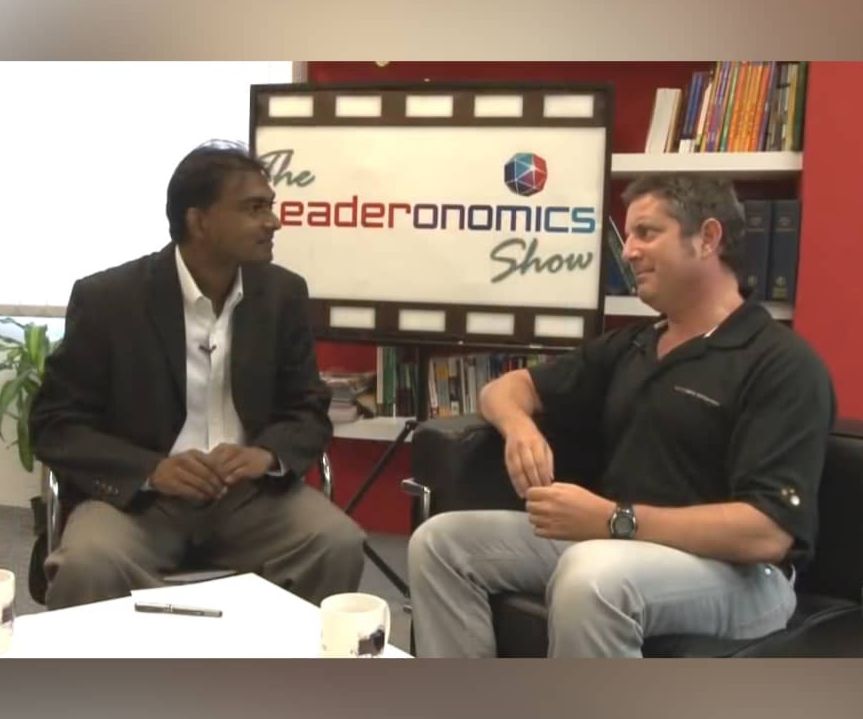How to Show Compassion Without Compromising on Performance

Vector image is from freepik.com by @pch.vector
At WD-40 Company, there are no teams. Instead, there are tribes. Tribe members look out for one another, feel a sense of belonging and share the company’s values and vision. Compassion is at the heart of the work culture at the consumer products manufacturer, which strives to create a community of highly engaged employees who deliver their best every day.
Chairman and former CEO Garry Ridge believes that when workers are cared for, they yield remarkable results. Caring does not mean coddling, he stresses, and this compassionate approach delivers business outcomes, produces quality products and benefits shareholders.
When Ridge took over as CEO in 1997, employee engagement was around 50 percent, market capitalisation was US$250 million, and WD-40 Company was primarily a domestic US business. By 2020, Ridge noted in a post on LinkedIn, it had transformed into a global enterprise with a market capitalisation of over US$2.5 billion and an employee engagement score of 93 percent.
WD-40’s success story shows that compassion is not antithetical to business outcomes. Indeed, the belief that leaders and companies can be either compassionate or high-performing, but not both, is a false dichotomy.
Cared-for workers fuel sustainable profitability
There is a growing demand for more compassionate leadership, and not just because the Covid-19 pandemic has exacerbated the stresses of living and working in the modern world. People now look for jobs that will give them a sense of purpose and belonging, and expect to be treated with consideration and respect at work. They want leaders who listen and care about them, and who see them as humans and not just as workhorses.
While some executives have heard the message, they may feel a tug-of-war between the call from the ground to show compassion and the pressure from the top to deliver results. They may also have to contend with colleagues and bosses who remain cynical about the argument that compassion is a path to effectiveness and profitability.
Even if leaders believe a healthy and happy workforce can fuel corporate success, they may still short-change workers, particularly in the face of short-term targets. They would be short-sighted to do so.
Results need not be sacrificed to foster a caring workplace. Far from it being a sign of ineffective leadership or a drain on resources, investing in employee welfare pays off in the long run. When workers feel valued, they are more engaged and perform better, leading to measurable corporate outcomes such as improved productivity, competitiveness and profitability. Additionally, reduced burnout and turnover rates benefit the bottom line.
In its latest State of the Global Workplace report , global analytics and consulting firm Gallup notes that business units with engaged workers have 23 percent higher profits, lower absenteeism, turnover and accidents, as well as higher customer loyalty.
The conclusion: It makes good business sense to promote well-being at work.
Read more: The Power Of Compassion in Leadership
Keys to being kind and high-performing
Many leaders find it challenging to care for their employees while pushing for results, and fall into the trap of thinking they have to choose one or the other. In our recent worldwide survey of 300 senior business leaders from industries ranging from hospitality, automotive to biotech, 61 percent said they are struggling to balance employees’ need for support with their company’s drive for high performance.
Compassion and performance are not definitionally opposed to each other, but delivering both sustainably requires effort and careful management. Organisations can adopt four approaches to meet the competing demands:
1. Data: Really know your employees
Collect data on the challenges workers face. Ask specific questions such as, “What change at work would have the biggest positive impact on your well-being?” One-on-one conversations are a good way to connect with employees but since these require significant time, use them in combination with other methods such as surveys and town halls.
2. Prioritisation: Make time for compassion
Managers need time to show compassion. Leaders must determine what work is critical to performance and remove deliverables that do not add value.
3. Set-up: Create a safe space
Create an environment where workers feel comfortable to raise their concerns without fear of looking incompetent or uncooperative. Emphasise that the well-being versus performance trade-off is a false dilemma. Build psychological safety so that employees can be honest about their need for support and leaders can speak frankly about performance pressures.
4. Collaboration: Co-create solutions
Managers and employees should work together to increase worker well-being and engagement. Leaders must create adequate communication channels that encourage open dialogue, and be responsive to needs. Frontline employees should be given tools to help them help themselves.
Toolkit for managers to avoid burnout
Our work and research at companies worldwide show that middle managers often feel most acutely the tension between the pressure to produce results and the demands for more compassion. They can lighten their load by taking the following steps:
- Build up senior executives’ “compassion capacity”. Use data to “tell” them what challenges frontline employees are facing and how they affect you. Then “show” them the problems: Have them meet employees so they can better empathise and create solutions.
- Help senior leaders reframe compassion as a business imperative. Make it clear that creating a caring workplace will not compromise on performance outcomes.
- Empower juniors with data and help them build a network of emotional support to help them manage their own well-being. Research shows that employees are more motivated and engaged when they have a sense of purpose. Get frontline workers to understand what market pressures the organisation faces and how their work contributes to company goals.
Read more: Six Steps to Avoiding Burnout
Don’t add pressure points
Caring for employees does not mean giving in to all their demands or lowering standards of performance. But for compassion to be delivered in a sustainable and rewarding way, all ranks in an organisation must play their part.
Senior executives should walk the talk and be careful to not make compassionate leadership a new performance target, which can put more pressure on already stressed managers. It can also backfire, making promoting employee welfare performative instead of authentic.
This article is adapted from Leaders Don’t Have to Choose Between Compassion and Performance and Managers Are Trapped in a Performance-Compassion Dilemma published in Harvard Business Review.
Edited by:Lee Seok Hwai
Leaderonomics.com is an advertisement free website. Your continuous support and trust in us allows us to curate, deliver and upkeep the maintenance of our website. When you support us, you allow millions to continue reading for free on our website. Will you give today? Click here to support us.

This article is republished courtesy of INSEAD Knowledge. Copyright INSEAD 2022
Leadership
Tags: HR, Values, Transformation & Change, Engagement, Organisational Challenges
Heidi K. Gardner, Ph.D., is a distinguished fellow at Harvard Law School and a faculty chair in the school’s executive education programmes. She was previously a professor at Harvard Business School. Her research, teaching, speaking and consulting focus on leadership and collaboration in professional service firms, and her book “Smart Collaboration: How Professionals and Their Firms Succeed by Breaking Down Silos” will be published this year by Harvard Business Press. Her first book, “Leadership for Lawyers: Essential Strategies for Law Firm Success” (Globe Business & Law Publishing) was released in 2015.
Previously on the faculty at Harvard Business School, she teaches continues to teach executive courses at HBS, Harvard Kennedy School and Harvard’s learning centers in Shanghai, China and Doha, Qatar. She is also an International Research Fellow at Oxford University’s Said Business School. View full preview here.






